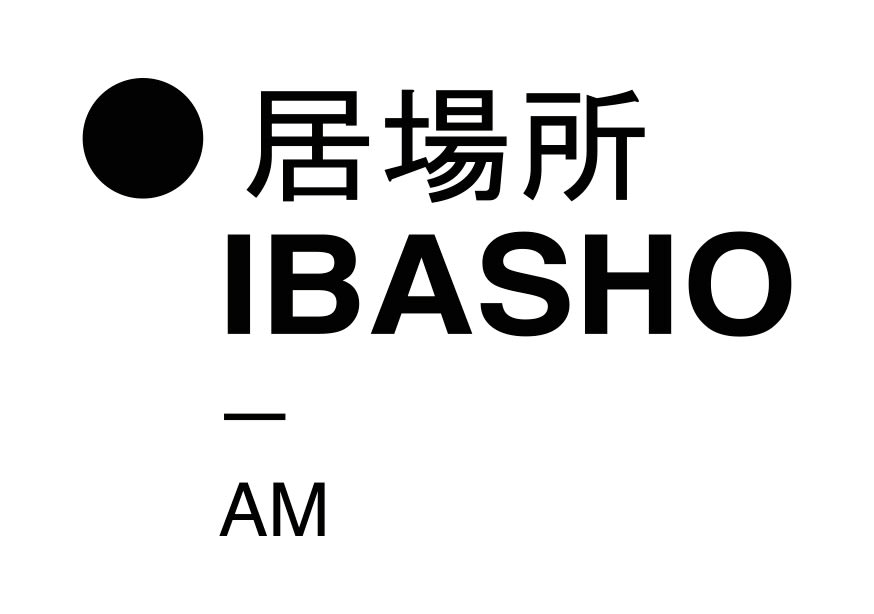IBASHO is proud to present Tokyo Rumando's solo exhibition 'I'm only happy when I'm naked'.
Tokyo Rumando is the artist name of a young Tokyo photographer (1980) who after a career in modelling turned the camera lens on herself. In carefully crafted scenes, she not only creates imagined characters but also delves into all the existing personas in herself. According to Rumando she "is the photographer, the bystander, the performer, the theme as well as the director. Making pictures has no meaning if I cannot present the whole of my world."
Rumando's work reveals an intuitive drive for authenticity defying gender roles that the Japanese patriarchal society puts on its women. She plays with 'the male gaze' parallel to her Western predecessors such as Cindy Sherman, to produce her own vision of identity, sexuality and intimacy. In that respect she is part of 'Girlie Photographers', a phenomenon of the mid 1990s in which photography was discovered by women and advanced to a central medium of self-expression and ways of establishing an identity.
Although she is a young artist, work from Rumando's series Orphée was included in a major exhibition in Tate Modern London 'Performing for the Camera' in 2016.
IBASHO will exhibit works from several series Rumando has created.
In her series Rest 3000 Stay 5000 from 2012 Rumando emerged herself in the world of the love hotels. With this series for which she visited more than 20 love hotels in Tokyo, she gives the viewer a peek into this other, secretive world.
In Orphée from 2014 Rumando transformed herself into 26 different characters standing to the side of a magical mirror. The mirror not only reflects reality, but also retrieves lost memories of Rumando herself. The repetition of the composition represents oppression to Rumando and brings out themes of horror and madness. This composition doesn't entail a confrontation between Rumando and the 'reflection' in the mirror, but she is watching the scenes from afar, like an outsider. For Rumando this series, named after Jean Cocteau's film Orphée, functions as a way to look back at herself objectively: "I was shaping my inner self again, projecting it on a picture and once again reintroducing it inside. Rather than finding, I'd say I was receiving something".
Also on show at IBASHO is a collection of Polaroids from her latest series Peel Apart, that Rumando took of herself over the years. 'I was a high school student when I first got the polaroid camera. It was a fun gadget to play with friends, as it could quickly capture the moment. I used to use the polaroid camera to do testing for my self portraits. Polaroids are like a documentation of reality for me, as I make works that interconnect the present, past, and future. When I look into their unique colours, I can see many beautiful colour particles like the universe - it gives me an unexplainable sense of exaltation."
Available at IBASHO are also Rumando's books: Rest 3000 Stay 5000 , Orphée and a special box set Self Polaroids, containing 32 large format postcards of the artist's polaroid selfies, a book of Tokyo Rumando's new Peel Apart series, and a sealed pack of the artist's personal belongings or stage props (unique to each box) all housed together in a luxurious printed clamshell box. And lastly, Rumando has created a rare limited edition of 3 handmade Peel Apartbooks.


